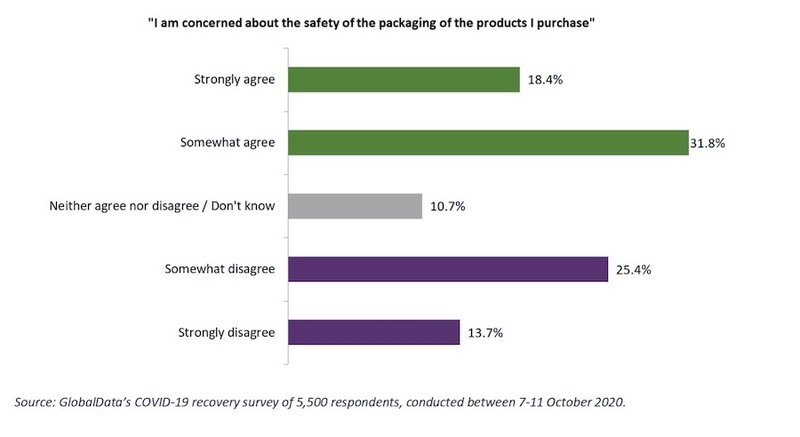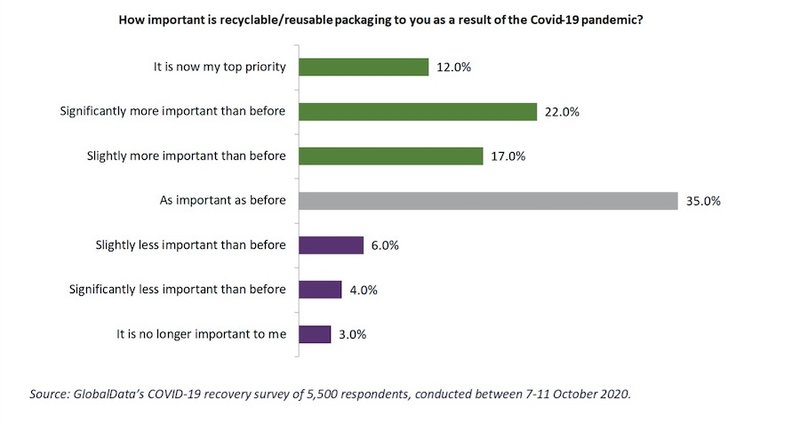Retailers wrapped up with pandemic packaging challenges
Among all the concerns and issues created by the coronavirus pandemic, packaging might not seem likely to be high on the agenda. However, according to GlobalData, it remains a key consideration for consumers, and a bigger challenge than ever for businesses scrambling to adapt to the new demands and expectations placed on them.
Recent years had seen consumer expectations around packaging changing, as awareness of its impact on the environment has grown, particularly when it comes to non-recyclable, single-use plastics.
In 2019, businesses came under particular pressure to reduce their use of these materials and bad press stories became a regular occurrence, from criticism of Boots for delivering its pharmacy prescriptions in plastic bags to a backlash against Amazon’s introduction of plastic envelopes for small items. In 2020, the challenges around packaging have been exacerbated in two significant ways.
Firstly, the pandemic has caused a considerable shift to online shopping and an explosion in working from home, both of which have increased demand for home delivery of retail purchases. This has meant retailers have had to source and use more packaging, at a time when they are meant to be cutting back.
Secondly, the pandemic has also meant many consumers now have major safety and hygiene concerns around packaging. The UK’s NHS notes that: “It’s very unlikely it [Covid-19] can be spread through things like packages or food”, advice echoed by the World Health Organisation and other official organisations.
However, worrying stories about Covid-19’s ability to survive on surfaces continue to circulate in the mainstream media, with the BBC and others recently reporting that an Australian study had discovered that Covid-19 can remain infectious on surfaces for up to 28 days (albeit in a set of very specific, lab-engineered circumstances).

Even the suggestion that there might be some risk in handling products and packaging has been enough to spook consumers, with some 50.4% concerned about the safety of product packaging. Consequently, disposable, single-use plastics have moved back into prominence again.
In the UK, there has been a surge in demand for packaged fruit and vegetables and a temporary removal of the charges on single-use plastic carrier bags for online grocery orders. In the US, some states have even gone as far as banning reusable plastic bags, out of fear they might spread the virus.

The complication is that this is by no means a sign that consumers have abandoned their concerns about the environment. Indeed, in many ways, the pandemic has provided a time of reflection and a reminder of the fragility of the ecosystem, which has increased the public’s concern for the wellbeing of the planet.
Retailers are still expected to dramatically cut the footprint of their packaging usage; they are just expected to do it at a time of unprecedented growth in demand for such materials, and in a way that reassures consumers they aren’t compromising their safety.
As with many of the challenges facing retailers, carefully considered strategy, innovation and new technologies will all need to play a role.
There are no easy solutions, but neither are these issues that can be ignored. Consumers have demonstrated that their expectations around packaging are not merely a passing fad and that even a full-blown global pandemic will only cause them to give businesses a limited amount of leeway.
For more insight and data, visit the GlobalData Packaging Intelligence Centre
Market Insight from